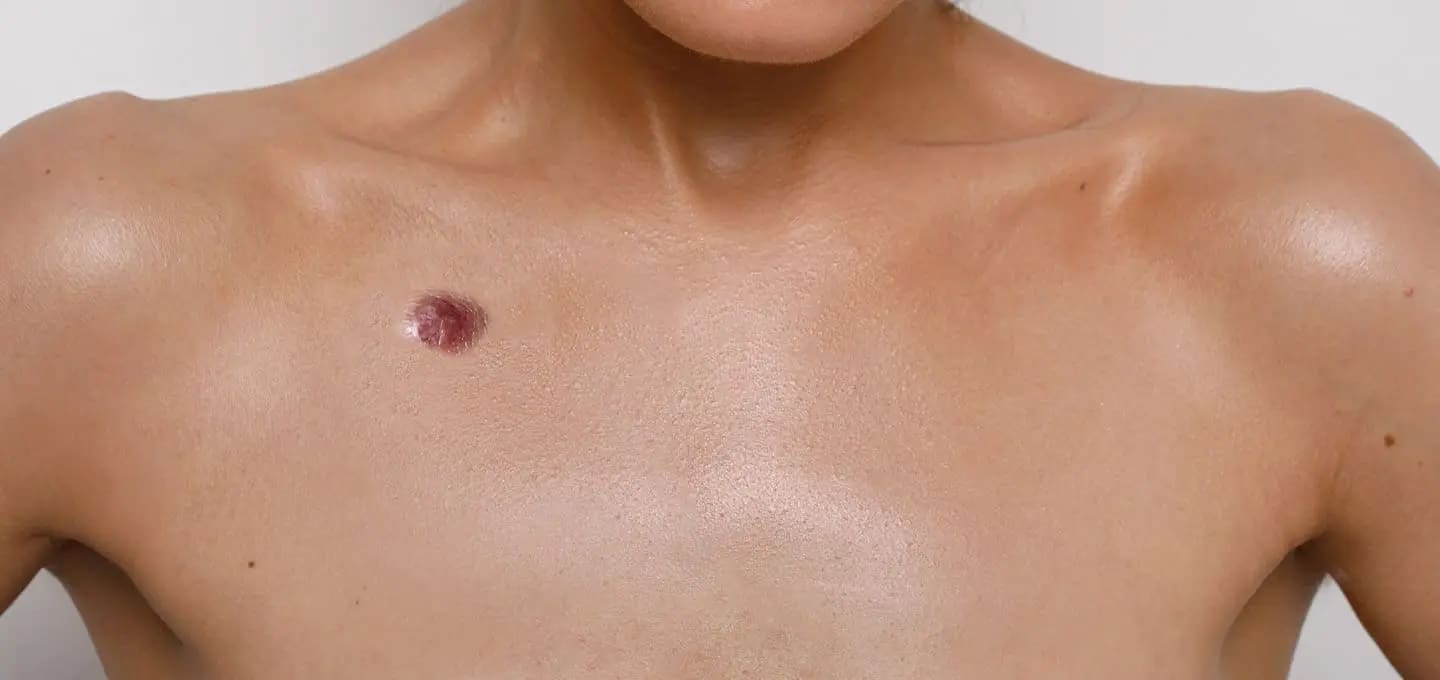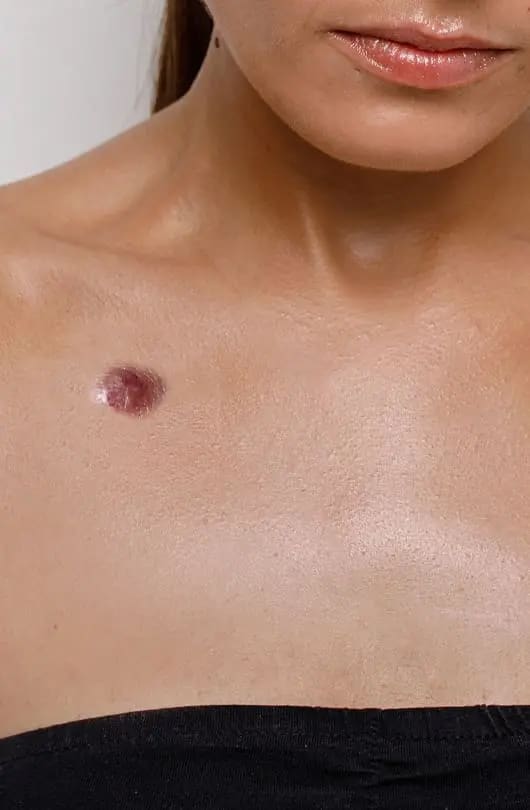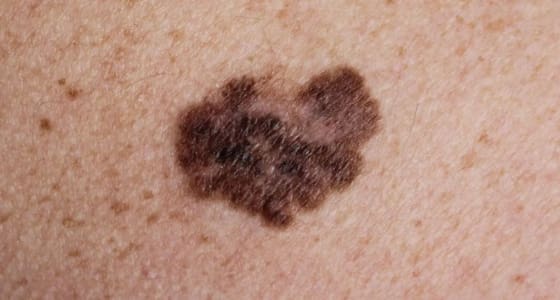It occurs when abnormal skin cells grow uncontrollably, often due to excessive exposure to UV radiation from the sun or tanning beds. Some individuals may be genetically predisposed to skin cancer or have underlying health conditions that make them more susceptible.
There are three main types of skin cancer:
- Basal cell carcinoma (BCC): the most common type, which develops slowly in the upper layers of the skin and is less dangerous than melanoma. BCCs typically appear as small shiny bumps or pink/red patches on the skin, growing slowly and rarely spreading.
- Squamous cell carcinoma (SCC): another non-melanoma type of skin cancer, often presenting as firm red nodules or flat scaly lesions. SCC can spread quickly if not treated early.
- Melanoma: the most dangerous type of skin cancer, often appearing as new moles or changes in existing moles. Melanoma can spread to other parts of the body and become life-threatening if not detected and treated early.
To protect against skin cancer, it is important to shield the skin from UV radiation by using high SPF sunscreen, wearing protective clothing, and limiting sun exposure. Regular self-examination of the skin for any changes, along with annual skin checks by a medical skin specialist, can aid in early detection and treatment of skin cancers.
If any changes in the skin are noticed, such as new growths, changes in skin texture, colour, or size of moles, or non-healing sores, prompt medical evaluation is recommended.










